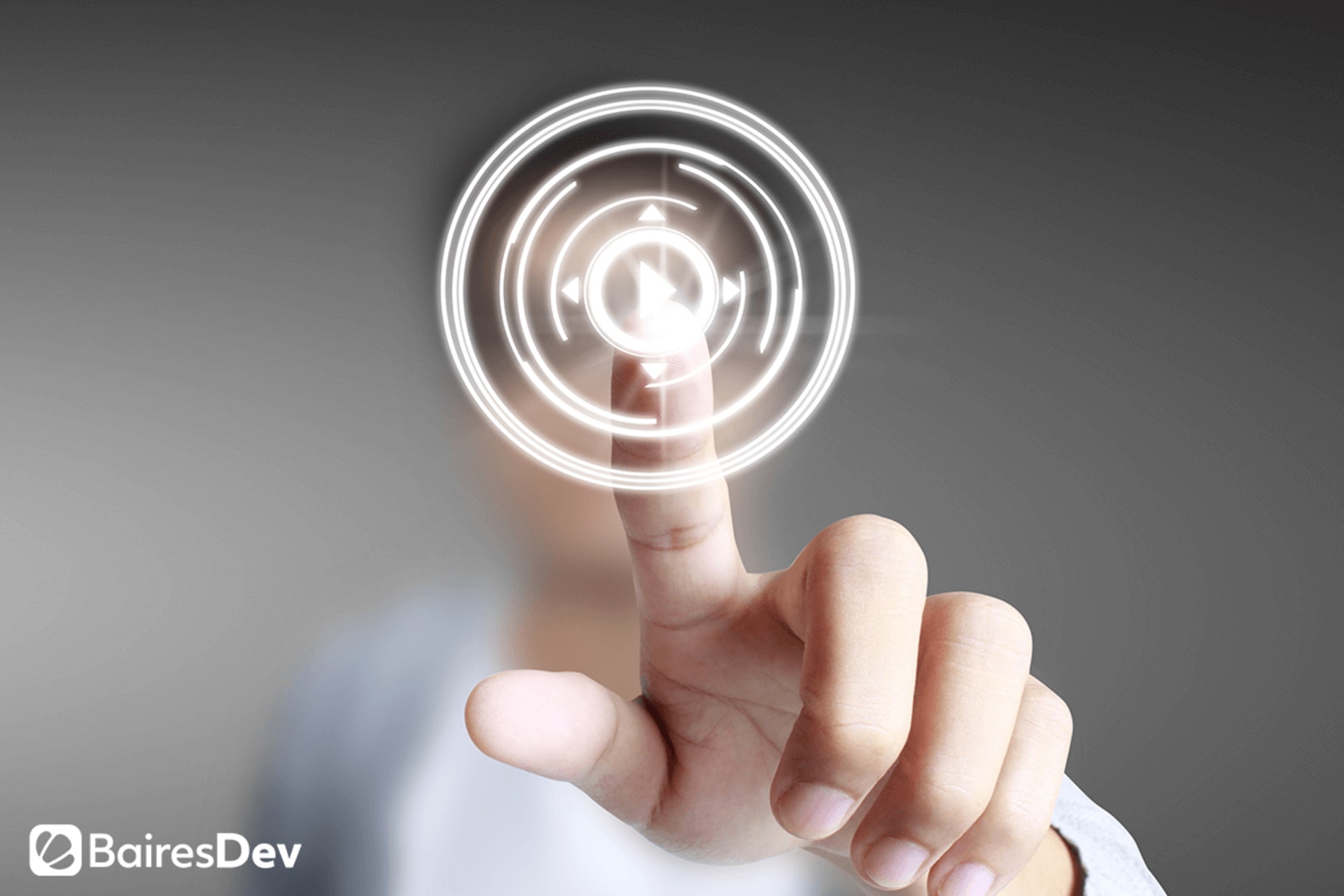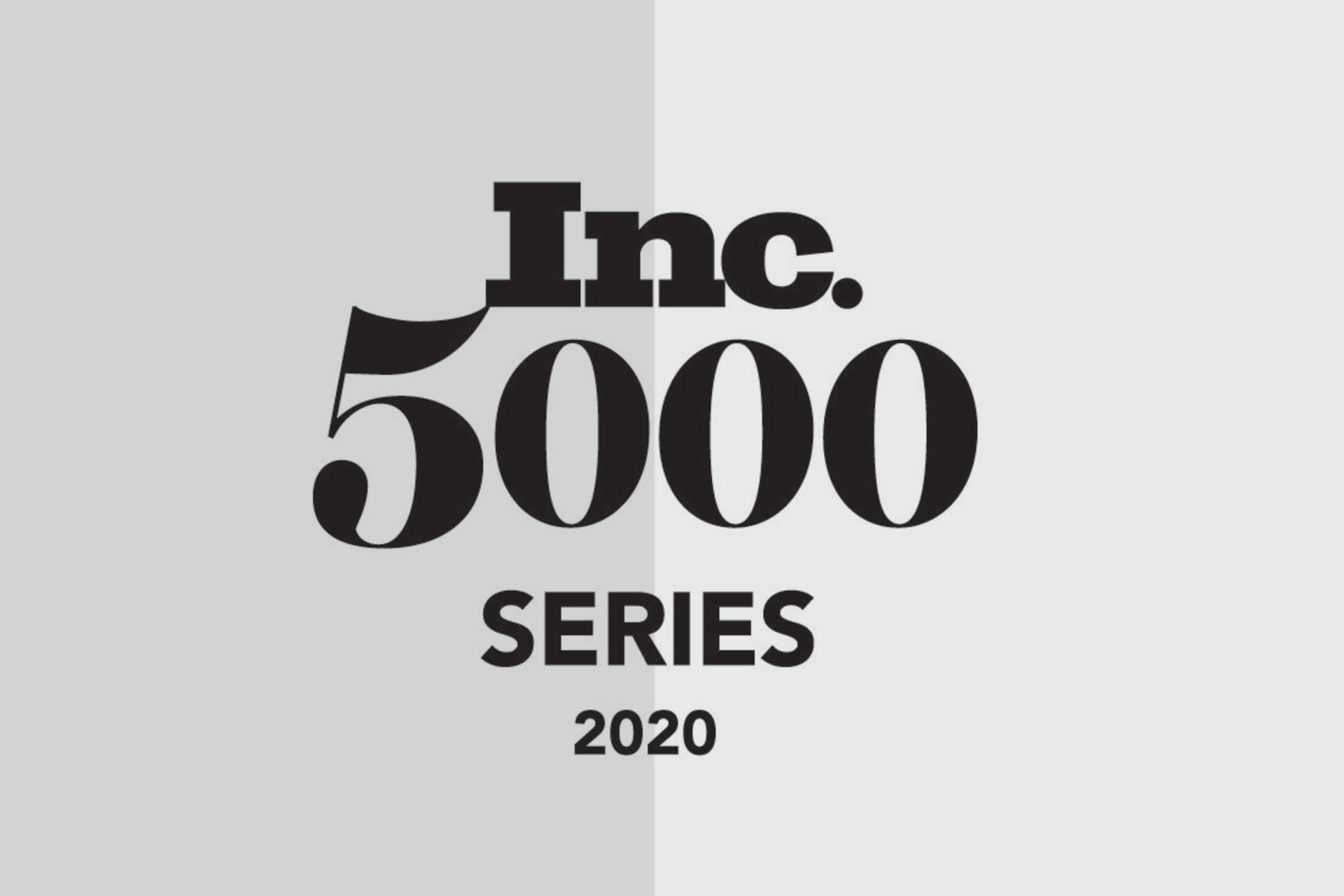With more than 4 million apps in both Google Play and the Apple App Store, it’s hard for us users to feel impressed anymore. Even when roughly 7,400 apps are released every day when combining the 2 stores, only a handful of them are capable of getting our attention. It’s as if developers can’t find a way to amaze us anymore, so we’re stuck with the same old apps.
However, manufacturers of mobile devices work on new features with each new product they launch, providing mobile engineers with new capabilities to take the apps to the next level. Companies that learn how to take advantage of them might shake our interest, so keeping an eye on what’s new is key to creating excitement.
In that context, the appearance of haptic technology, in general, and haptic feedback, in particular, promises app developers with new abilities to enrich our mobile experiences. In fact, if you already have an app for your company or are thinking of developing one, then you should definitely consider using haptic feedback in it. Here’s why.

What is Haptic Feedback?
The word “haptic” may not ring a bell for you but you’re surely familiar with haptic communication in some sort of way. All haptic technologies try to achieve the same goal – to create a tactile experience for the user through the use of force, vibrations, or motions.
If you own an Apple Watch, you have experienced it firsthand. Whenever the device taps you to tell you there’s a new notification or alert, it uses haptic technology. Though the watch’s use of haptics is somewhat basic, it’s enough for you to understand what’s all about.
And even if you don’t have an Apple Watch, you can certainly imagine what this is all about. By using a device’s sensors, an app can add a sensory experience that brings something new to the table. That’s what haptic feedback is all about – implementing a new layer that plays with your sense of touch whenever you interact with it.
Android devices already have haptic capabilities built-in. Ever since the iPhone 6S, iOS developers can use this tech too. What’s more: the newest versions of both OS have introduced a number of changes to their haptic capabilities, especially in iOS 13. There are more possibilities now, which bring something unique that can make your app stand out from the rest, as long as you know how to use them.

How Does Haptic Feedback Work?
The overarching theme of haptic technology, no matter what type, is that the outputs that elicit user feedback are highly controlled. However, the ways each type functions and communicates depend on the specific model, as we will describe in greater detail below.
The Different Types Of Haptic Feedback Technology
Haptic devices offer feedback that can be separated into two major types: transient haptic feedback and continuous haptic feedback. Let’s take a closer look at these two types of haptic feedback.
Transient Haptic Feedback Technology
Transient feedback is the one you probably know the most. Those little taps from the Apple Watch? That’s transient haptic feedback in action. This type is a very brief event that comes and goes. Fortunately, there’s a little more to it than that. Thanks to new advancements, you can now define how intense the haptic feedback can get.
Thus, you can use a sharp haptic when there’s an error or an important notification that needs the user’s attention. On the other hand, you can use a more subtle haptic for something more ordinary, such as selecting an option from a menu or closing up a window. The sharpness of the haptic opens the door for variations that can bring a richer experience to your app.
Continuous Haptic Feedback Technology
Continuous feedback feels more like a pattern, a succession of haptic taps or events. Unlike transient haptics, continuous haptics has a certain duration that you can keep going on for as long as needed. For example, a racing game might use this to provide a vibrating sensation when the player’s car is drifting in a curve at high speeds.
You can use a continuous haptic in your app to add rhythm to its use? Sounds strange? Think about it! Imagine that a process needs to load so you embed a continuous haptic with the loading bar to provide a dynamic vibration that goes along with how fast the bar is charging. It could certainly build some momentum and make the wait more exciting.
Haptic Technologies
But lets dig a little deeper at the underlying technologies that provide this force feedback.
| Technology | Uses | Features |
| Force Control | Mechanical devices | Generates force on the user, involves large-scale equipment like levers |
| Ultrasonic Mid-Air Haptics | Virtual reality (VR) | Generates turbulence through ultrasound waves, no need for users to wear equipment or accessories |
| Vibrotactile Haptics | Video games, VR | Leverages “sound” vibrations |
| Microfluidics | Medical testing, point of care, science experiments | Creates pressure or temperature change on the user’s skin by pushing small amounts of air/liquid out |
| Adaptive Haptics | Smartphones, wearable devices, interactive advertising, gaming, educational tools | Real-time adjustment of feedback intensity, pattern, and type based on user interaction; can simulate a wide range of tactile sensations |
| Surface Haptics | Touchscreens | Regulates/modulates friction between the surface or touchscreen and the user’s finger, prompts tactile feedback |
Force Control
Force control haptic technology creates immersive experiences by utilizing mechanical devices that exert physical forces on the user, providing crucial tactile feedback. This approach is essential for applications that require substantial equipment to simulate realistic touch sensations, enabling users to engage with virtual environments in an incredibly lifelike manner.
- Uses: Mechanical devices
- Features: Generates force on the user, involves large-scale equipment like levers
Ultrasonic Mid-Air Haptics
This innovative technology delivers contactless tactile experiences by leveraging ultrasound waves to generate haptic sensations in mid-air. Ultrasonic Mid-Air Haptics revolutionizes user interactions in virtual environments, enabling users to perceive and engage with digital content without physical contact, offering an unprecedented level of immersion and intuitiveness.
- Uses: Virtual reality (VR)
- Features: Generates turbulence through ultrasound waves, users do not need to wear any equipment or accessories
Vibrotactile Haptics
Harnessing the power of sound vibrations, Vibrotactile Haptics technology delivers nuanced tactile feedback, elevating the immersive experience in video games and virtual reality applications. By translating digital inputs into intricate patterns of vibration, this approach enriches user interactions with lifelike sensations, blurring the lines between virtual and physical worlds.
- Uses: Video games, VR
- Features: Leverages “sound” vibrations
Microfluidics
This innovative haptic approach harnesses the controlled flow of minute volumes of air or liquid to induce localized changes in pressure or temperature on the user’s skin. Offering remarkably precise tactile control, microfluidics haptic technology finds valuable applications in medical testing, point-of-care diagnostics, and scientific experimentation. By gently pushing out minuscule amounts of air or liquid, it can create nuanced pressure or temperature sensations on the skin, enabling new frontiers in haptic feedback and user interaction.
- Uses: Medical testing, point of care, science experiments
- Features: Creates pressure or temperature change on the user’s skin by pushing small amounts of air/liquid out
Adaptive Haptics
Adaptive Haptics ushers in a new era of haptic technology, one where tactile feedback seamlessly adapts to the user’s interactions, the application’s context, and even environmental changes – all in real-time. This cutting-edge approach empowers devices to deliver exquisitely personalized tactile experiences, tailored to each individual’s unique needs and preferences. With Adaptive Haptics, user engagement and satisfaction soar to new heights, transforming a wide array of applications into truly immersive and captivating experiences.
- Uses: Smartphones, wearable devices, interactive advertising, gaming, and educational tools
- Features: Real-time adjustment of feedback intensity, pattern, and type based on user interaction; can simulate a wide range of tactile sensations
Surface Haptics
Surface haptics augments the tactile interaction with touchscreens by dynamically modulating surface friction. Surface Haptics allows users to perceive and explore virtual textures, contours, and even simulated actions through variations in friction across the screen. By enhancing the sense of touch, this approach enriches the user experience, making interactions with digital content more immersive and intuitive.
- Uses: Enables the user to perform functions on a touchscreen via sense of touch
- Features: Friction is regulated/modulated between the surface or touchscreen and the user’s finger, prompts tactile feedback
Haptic Feedback for Accessibility
This innovative technology leverages the power of tactile sensations to make digital interfaces more inclusive and accessible, particularly for individuals with visual or auditory impairments. By providing physical feedback through touch, it conveys crucial information, alerts, and navigational cues, empowering users to interact with technology confidently and independently.
Key Applications:
- Assistive devices
- Mobile applications
- Navigation aids
- Educational tools
Features:
- Customizable vibration patterns and intensities signal different actions or notifications
- Enables users with sensory impairments to receive vital information without relying on visual or auditory cues
Haptic feedback for accessibility is a pivotal development in assistive technology, offering a tactile layer of communication for users with disabilities. It transforms how information is delivered, providing a tactile alternative to visual and auditory cues.
For instance, a smartphone could use distinct vibration patterns to indicate different types of notifications, or a navigation app could guide visually impaired users through physical environments with vibrations indicating directions. This approach enhances the user experience for individuals with impairments while promoting digital inclusivity, ensuring technology is accessible to a wider audience.
Environmental Haptics
Environmental Haptics harnesses advanced haptic technology to simulate and interact with virtual environments in a physically tangible way. This innovative approach allows users to feel and manipulate virtual objects and surfaces as if they were real, offering unparalleled levels of immersion in digital spaces. It finds applications in virtual reality environments, augmented reality applications, training simulators, and educational platforms.
Environmental Haptics excels in simulating natural forces and textures, such as wind, water flow, or the roughness of terrain, providing a lifelike experience of virtual environments.
At the forefront of bridging the digital and physical worlds, Environmental Haptics empowers VR and AR systems to deliver tactile feedback that mimics the complex sensations of interacting with real environments. Users can feel the resistance of water in a swimming simulation or the unevenness of cobblestones in a virtual historical tour.
This technology not only enhances the realism and engagement of virtual experiences but also holds significant potential for practical applications in training, education, and therapy by offering safe, controlled, and immersive simulations of real-world scenarios.

Why Is Haptic Feedback Important?
Haptic feedback offers a number of advantages to the user. Its main purpose is to improve the user experience by adding the element of presence, providing tactile feedback, and ramping up accuracy at the same time.
Using Haptic Feedback In Your App
Since haptic feedback is a vibrational response that can be implemented to every tap, scroll, and slide you make on an app, it’s important to understand when it can add value – and when it can get annoying.
For instance, providing a small vibration whenever your app successfully carried out an important action can enrich the UX. That’s because it would provide positive feedback closely tied to a specific action. But if you use that small vibration for every button you have in your app, it quickly loses its charm and soon starts getting in the way.
In that way, conceptualizing the use of haptic feedback is key to its success. Mobile games do a fantastic job of using them, as there are vibrations and nudges whenever you clash with an enemy or beat a level. Even if you haven’t played games in a while, you may be familiar with haptic feedback in gaming, as it was the technology that Nintendo used in its Rumble Pak all the way back in 1997.
So, while the use of haptic feedback isn’t precisely new, the new ways of implementing it on apps are making a difference. Today, we can identify 2 distinct types of haptic feedback that you can use in your app: transient and continuous.

Going to the Next Level With Haptic Technology
If you want the best experience you can get out of haptics, then combining both types is essential. You can bring your app to life by using transient and continuous haptics, as long as you use them tastefully and without any abuse.
But wait! There’s something extra in haptic feedback: audio-haptic event types. While it’s true that haptic communication is all about touch, adding a sound level to it can provide a more rounded experience for your users. And since you can configure the audio’s pitch, volume, and decay, you can create the perfect companion for your transient and continuous haptic experiences.
Haptics as a Way to Improve UX
Haptic feedback isn’t just a small feature to spark your users’ curiosity. It is, in fact, a way to improve your app’s user experience. A better UX helps in getting more conversions and sales and fosters engagement, among other benefits. And even something seemingly small as haptic feedback can positively influence how users feel about your app.
That should be enough reason to have you running to your developers to get them to work in your app’s haptic capabilities. Because using this feature will show your users something new and exciting that will engage them beyond the traditional app interaction.
Can’t imagine where you can use haptic feedback to improve your app’s UX?
Try one of the following things:
- Create affirmative responses (when confirming an action or refreshing content).
- Include it in specific slides or in off/on switches.
- Support gestures (such as pinching to zoom in or out)
- Develop a response for long presses (when it activates a contextual menu or provides access to new options)
There’s plenty more you can do with haptics in your app. The key here is to remember not to overdo it. Not all actions need haptic support nor have to trigger some sort of event. As with everything in UX, you need to balance the instances where you use the haptics with the ones where you don’t to ensure maximum effect.
A Little Detail That Goes a Long Way
There’s a reason why we included haptic technology as one of the trends of 2020: we certainly believe that it will bring new and exciting opportunities for developers. It’s true that the most promising ones are a little more sophisticated than these. However, using haptics in your app isn’t something you should sneeze at.
Haptics is among those kinds of little touches that make the user experience more satisfactory. Even if your users don’t notice right away or can’t put a finger on it, this new interaction layer will surely surprise and amuse them. It can even make you stand out from the millions of apps out there and feel fresh in the oversaturated app market. That’s not a minor thing.
Haptics FAQ
What is touch feedback technology?
Tactile feedback is called haptic feedback or tactile haptic feedback and involves the sense of touch to transmit information and communicate with the user, such as a mobile phone vibration.
What are haptic keyboards?
A haptic keyboard offers a feature that offers haptic feedback or tactile sensations on a traditional keyboard. For example, iOS 16 introduced a haptic feedback option to its keyboard, such that it makes a slight vibration when the user is typing.
What is haptic feedback mode on a mobile phone?
Haptic feedback mode on a mobile phone means that there is tactile feedback when the user performs certain actions on the device, such as a vibration.







